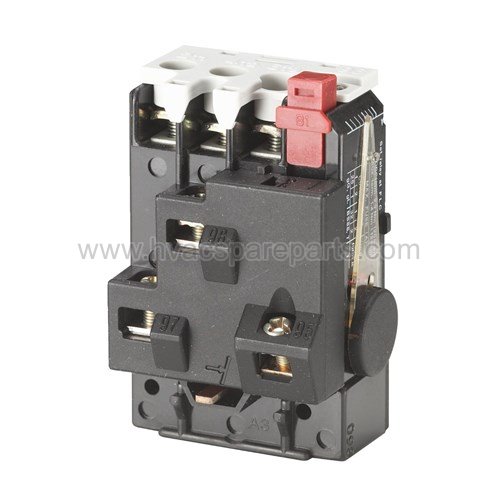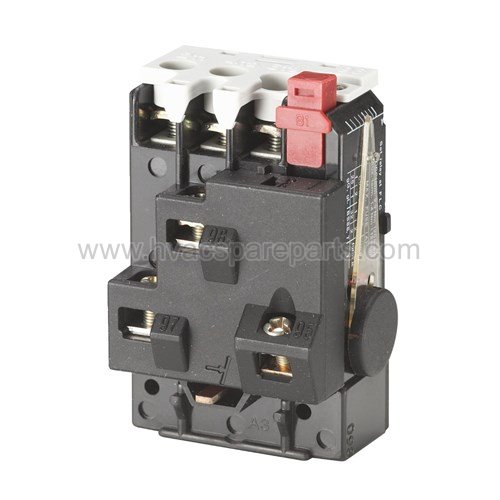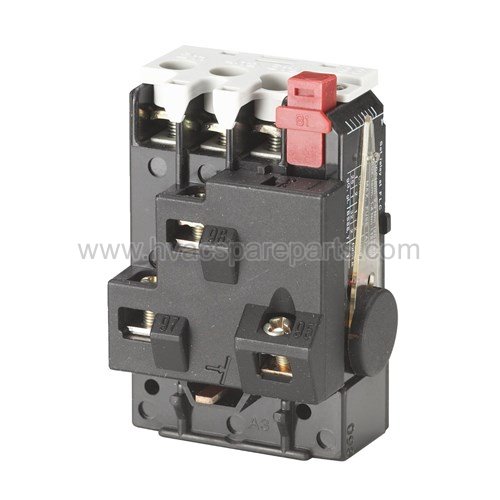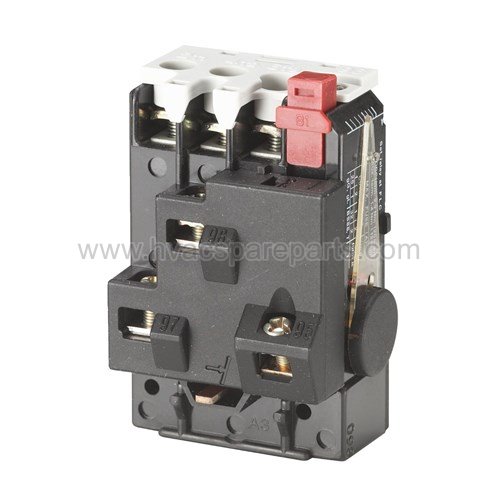From United State & Canada: ☎️ 1 800 798 3409
- Copper Pipes and Copper connections
-
Valves
- Heat Exchangers
- Pressure switches and thermostats
- Water Pumps And Motors
- Sight Glasses
- Sensors and Transmitters
- Contactors and Motor Starters
- Electronic Controls
- Liquid Level Controls
- Filters and Strainers
- Oil separators Liquid receiver
- HVAC Installation Maintenance
- Cold Rooms
- Cold Rooms With Monoblocks Or Splits Units
- Cold Rooms Of 1 To 3 M3 Of Volume Equipped With Refrigeration Equipment
- Cold Rooms From 3 To 6 M3 Of Volume Equipped With Refrigeration Equipment
- Cold Rooms From 6 To 9 M3 Of Volume Equipped With Refrigeration Equipment
- Cold Rooms From 9 To 12 M3 Of Volume Equipped With Refrigeration Equipment
- Cold Rooms From 12 To 15 M3 Of Volume Equipped With Refrigeration Equipment
- Cold Rooms From 15 To 18 M3 Of Volume Equipped With Refrigeration Equipment
- Cold Rooms From 18 To 21 M3 In Volume Equipped With Refrigeration Equipment
- Cold Rooms From 21 To 24 M3 Of Volume Equipped With Refrigeration Equipment
- Cold Rooms From 24 To 27 M3 Of Volume Equipped With Refrigeration Equipment
- Cold Rooms From 27 To 30 M3 Of Volume Equipped With Refrigeration Equipment
- Cold Rooms From 30 To 33 M3 Of Volume Equipped With Refrigeration Equipment
- Cold Rooms From 33 To 36 M3 Of Volume Equipped With Refrigeration Equipment
- Cold Rooms From 36 To 39 M3 Of Volume Equipped With Refrigeration Equipment
- Cold Rooms From 39 To 42 M3 Of Volume Equipped With Refrigeration Equipment
- Cold Rooms From 42 To 45 M3 Of Volume Equipped With Refrigeration Equipment
- Freezer Rooms
- Freezer Rooms With Monoblocks Or Splits Units
- Walk In Freezers From 1 To 5 M3 Of Volume Equipped With Refrigeration Equipment
- Walk In Freezers From 5 To 10 M3 Of Volume Equipped With Refrigeration Equipment
- Walk In Freezers From 10 To 15 M3 Of Volume Equipped With Refrigeration Equipment
- Walk In Freezers From 15 To 20 M3 Of Volume Equipped With Refrigeration Equipment
- Walk In Freezers From 20 To 25 M3 Of Volume Equipped With Refrigeration Equipment
- Walk In Freezers From 25 To 30 M3 Of Volume Equipped With Refrigeration Equipment
- Walk In Freezers From 30 To 35 M3 Of Volume Equipped With Refrigeration Equipment
- Walk In Freezers From 35 To 40 M3 Of Volume Equipped With Refrigeration Equipment
- Walk In Freezers From 40 To 45 M3 Of Volume Equipped With Refrigeration Equipment
- Walk In Freezers From 45 To 50 M3 Of Volume Equipped With Refrigeration Equipment
- Walk In Freezers From 50 To 55 M3 Of Volume Equipped With Refrigeration Equipment
- Walk In Freezers From 55 To 60 M3 Of Volume Equipped With Refrigeration Equipment
- Walk In Freezers From 60 To 65 M3 Of Volume Equipped With Refrigeration Equipment
- Walk In Freezers From 65 To 70 M3 Of Volume Equipped With Refrigeration Equipment
- Starting & Running Capacitor
OVERLOAD RELAY SALE
Buy thermal and overload relays
FiltersEach motor must be protected from all possible failures to ensure long and safe operation, as well as time loss caused by breakdowns. Almost all industries rely on the electric motor to control their processes and production. Therefore, it is necessary to make the motor fail-safe. The most vulnerable part of a motor is its winding insulation. Winding insulations are at high risk of being damaged by excessively high temperatures. The overload relay is one such device that protects a motor from damage caused by overloads and overcurrents. It is used with contactors and can be found in motor control centers and motor starters. An overload relay is a device that protects an electric motor against overloads and phase failures. It detects motor overload and interrupts the flow of power to the motor, thus protecting it from overheating and winding damage. Apart from overloads, it can also protect the motor from phase loss/failure and phase unbalance. They are very commonly known as OLR
Thermal overload relay
A thermal overload relay is a relay designed to protect electrical systems from overheating conditions. It does not remove power from the circuit, but instead senses when the current has reached a high enough level and opens, allowing the motor to continue running. Thermal overload relays protect motors, transformers and other electrical devices from overheating. These relays are often installed at points where there is an electrical circuit with various devices. If one of these devices overheats, it can damage itself or other parts of this circuit. The thermal overload relay has three main functions:
- Detects heat buildup in motors and other electrical devices on a circuit and triggers an alarm if it reaches a preset temperature level.
- It acts like a switch that allows electricity to pass from one part of the circuit while preventing it from passing through another part of the circuit. This prevents damage caused by overheating or overloading from damaging any other system components.
- Protects against voltage fluctuations caused by lightning and power outages that could cause damage to sensitive electrical equipment inside your home or building.
Electronic overload relay
Electronic overload relays are generally referred to as solid state overload relays. The interior of this type of relay does not contain a bimetallic strip. Alternatively, include current transformers or temperature sensors to sense the sum of current flowing to the motor. For protection, this type of relay uses microprocessor-based technology. Here, the PTC plays a key role in sensing the temperature and tripping the circuit once overload errors occur. Some types of overload relays come with Hall effect sensors and current transformers to sense current flow directly. The main benefit of an electronic overload relay over a thermal overload relay is that it lacks the bi-metal strip, resulting in less heat loss from the relay. Also, these types of relays are more accurate compared to thermal relays. Electronic overload relays are used where frequent starting and stopping of motors is required. The design of these relays can be made in such a way that they withstand the initial current of the motor for a restricted period.
How does a thermal overload relay work
Thermal overload relays are wired in series with the motor, so current flowing to the motor also flows through the overload relay. When the current reaches or exceeds a predetermined limit for a given time, the relay activates a mechanism that opens one or more contacts to interrupt current flow to the motor. Thermal overload relays are classified by their trip class, which defines the amount of time the overload can occur before the relay responds or trips. Common travel classes are 5, 10, 20, and 30 seconds. Timing, as well as current, is important to consider for AC induction motors because they draw significantly more than their full rated current (often 600 percent or more) during startup. So if the relay trips immediately when the overload current is exceeded, the motor will have a hard time starting.
Aacore Supply NCAGE
Privacy Policy
Terms of Use
Shipping Policy
Returns and refunds
HVAC price catalog
Copyright © 2020 hvacspareparts.com
TRADEXUS MARKET, LLC
7345 W Sand Lake Rd,
STE 210 office 5361
Orlando, FL 32819 US
AACORE SUPPLY
C/ de Viver, 25, bajo Local, 46020
Valencia, España
МаркетВекс
Ул. Марагидик 19, етаж 2, офис 1
8000 Бургас, България
La Central du Froid SARL
Nº 12, Av Moulay Abdelhafid
90090 Tanger, Maroc
Opening Hours.
Our shops: Monday to Friday: 07.00 am - 01.00 pm (EST)
Online: 7 days a week, 365 days a year
Menu
Important Notice
Until 04/25/2025, our customer service will be available only via email due to an update in our systems. This update is part of our ongoing efforts to improve the quality and efficiency of our service.
We appreciate your understanding and patience during this period. We will be happy to assist you via email at support@hvacspareparts.com
If you are not yet a registered user, do so now, and start enjoying without waiting the excellent prices that we can offer you.
- Heat Exchangers























